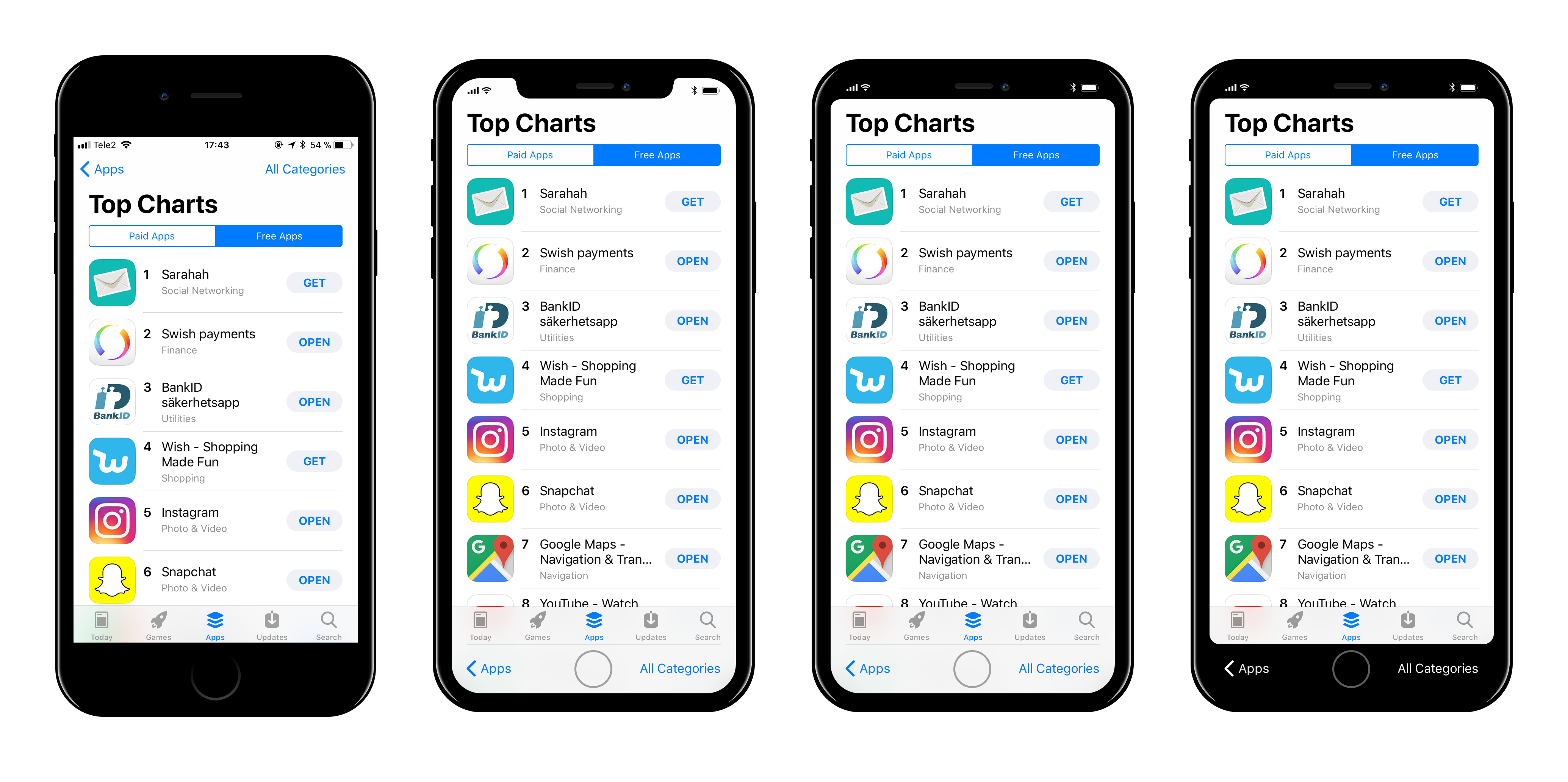Forget about a second of the controversial cutout on the screen that no one knows how Apple will handle. The million dollar question regarding the “iPhone 8” is whether Apple will, after all, be able to implement a fingerprint sensor on the device’s own screen. The previous answers to this profound questioning are a roller coaster of feelings, but now all roads seem to lead to a path – possibly not what we wanted.
Firstly, at the end of last week, we had a word from the respected analyst Ming-Chi Kuo (from KGI Securities). According to the expert, Apple would have, after months of testing and research, finally decided to give up Touch ID on the screen of your future flagship smartphone line. Apparently, Apple would focus its efforts on the security part of the device in another technology already widely talked about: that of 3D facial recognition.
Kuo does not specify, however, if the abandonment of implementing the sensor on the screen would mean its complete absence on the “iPhone 8” or if it would be relocated to another place on the device, such as the power button or the rear. The leaked firmware from HomePod does not mention the presence of Touch ID in the future device at any time, which has led many people to believe that the technology will actually be polished off the next iPhone; another leak, however, may counter this idea.

Today, a very suspicious image (above) appeared from the depths of a Chinese forum, showing a box from Foxconn (Apple’s partner responsible for assembling most iPhones) containing devices with a well-known silhouette. The strange system of cameras mounted vertically leaves no doubt (at least in the world of rumors) that we are seeing a wave of “iPhones 8” (or at least its structure), but one detail draws particular attention: note, just below the Apple logo, the cutout that would be the new home for Touch ID.
Such a position is certainly not ideal for those who are already used to the convenience of a front sensor, but it is certainly not the usability nightmare mentioned by some – it is much better, for example, than the solution adopted by the Galaxy S8. And considering that the Touch ID on this device would be just one of the security technologies on board, it may not yet be the time to kick.
This, of course, if the photo is real – and see that this is a very big “if”. So, concrete, we still have absolutely nothing yet.
· • ·
On the other hand, the famous Apple guru John Gruber has a very plausible bet on what the specifications of the “iPhone 8” screen will be. According to the blogger, the D22 (internal code used at Apple as a reference to the panel of the future device) will be a piece of 5.8 inches with resolution of 2436 × 1125 pixels, sufficient for a 462 pixels per inch, running at 3x Retina resolution without magnification.

The reasons for Gruber’s “kick” are very well (and deeply) substantiated in this post, but basically he claims that the iPhone 7 Plus, as well as all 5.5-inch iPhones to date, renders the content to a higher resolution than that supported by the screen itself, “reducing” the interface elements so that there is consistency in the use of Apple smartphones – that is, a button is basically the same size on an iPhone SE or an iPhone 7 Plus. This process saves battery and money for Apple (since the panels are cheaper), but the image quality suffers a little – although this is not noticeable, since the density of pixels on the screen is very high.
Considering that the 5.5-inch iPhones render the content at 2208 × 1242, just make a small rule of three to conclude that the “iPhone 8” will have the specifications shown above – and without any reduction in quality: each pixel will show exactly what it is to show.
We are therefore left with just one question: and the blessed clipping?
via AppleInsider, TechnoBuffalo
